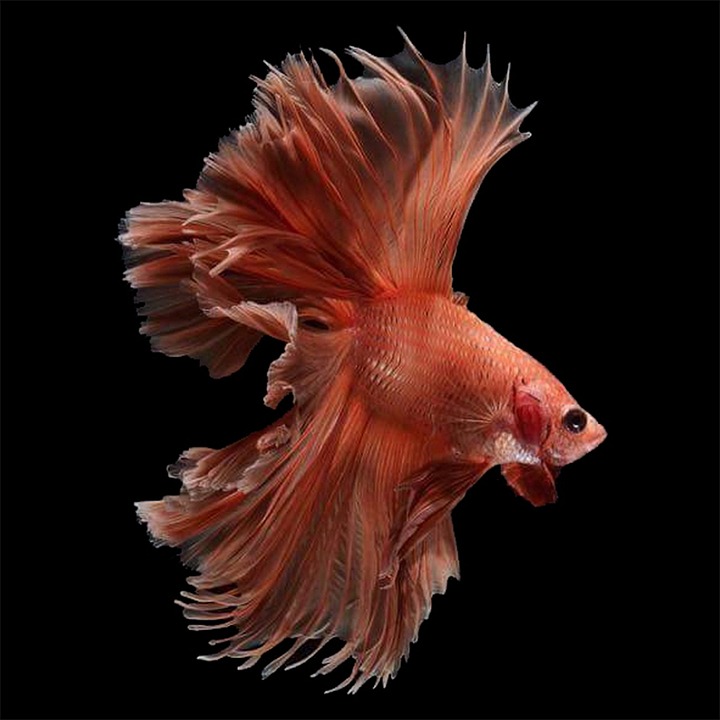*By Emily Johnson*
Introduction:
Observing and interpreting fish behavior is crucial for maintaining a harmonious aquarium environment. It becomes particularly important when introducing new tank mates to an existing community. By understanding fish responses, we can ensure the well-being of our aquatic friends. In this article, we will explore effective ways to observe and interpret fish behavior during the introduction of new tank mates.
I. Understanding Fish Behavior:
To interpret fish responses accurately, it is essential to familiarize ourselves with their natural behavior and communication methods. Here are some key aspects to consider:
1. Visual Cues:
– Body language: Observe for changes in body posture, fin positioning, and coloration.
– Eye contact: Pay attention to eye movement and direction as fish may use it to communicate dominance or submission.
2. Behavioral Patterns:
– Feeding behavior: Changes in appetite or aggression during feeding can indicate stress or territorial behavior.
– Swimming patterns: Note any unusual swimming patterns, such as erratic movements or hiding, which may indicate distress.
3. Social Hierarchy:
– Dominance displays: Observe aggressive behavior, chasing, or fin flaring, which establishes the pecking order.
– Schooling behavior: Note if fish stick together or prefer to be solitary, as some species thrive in groups while others prefer solitude.
II. Introducing New Tank Mates:
When introducing new fish to an established tank, it is crucial to monitor the response of both the existing residents and the newcomers. Here’s how to observe and interpret their behavior during this process:
1. Pre-Introduction Preparation:
– Quarantine: Isolate new fish in a separate tank for observation and treatment (if necessary) before introducing them to the main tank.
– Acclimation: Gradually adjust the temperature and chemistry of the quarantine tank water to match the main tank’s conditions.
2. Observation Period:
– Visual separation: Use a transparent divider to separate the new fish from the existing residents for a few days, allowing them to become familiar with each other’s presence.
– Time and distance: Monitor the interaction during feeding times, observing from a distance to prevent interference.
3. Positive Signs:
– Curiosity: Fish may approach the divider to investigate the new tank mates without showing aggression.
– Peaceful coexistence: If both parties swim calmly and show no signs of aggression, it indicates a positive response.
4. Negative Signs:
– Aggressive behavior: Observe for excessive chasing, fin nipping, or attacks, which may require further separation or intervention.
– Stress-induced symptoms: Look out for loss of appetite, rapid breathing, or hiding, indicating stress or bullying.
III. Frequently Asked Questions (FAQs):
Q1. How long should the observation period last?
A1. Ideally, observe the fish for at least a week to ensure a stable introduction. However, the duration may vary depending on individual fish behavior.
Q2. Is it normal for fish to show initial aggression when introducing new tank mates?
A2. Yes, some aggression is common as fish establish their social hierarchy. However, it should not escalate to the point of causing harm or extreme stress.
Q3. What should I do if the new fish are being bullied?
A3. Separate the bullied fish immediately to prevent injuries and allow them to recover in a stress-free environment. Reassess the situation before attempting re-introduction.
Q4. Can fish behavior change over time?
A4. Yes, fish behavior can evolve as they adapt to their surroundings and establish new social dynamics. Regular observation is recommended to identify any changes.
Conclusion:
Observing and interpreting fish responses to changes in tank dynamics, especially when introducing new tank mates, is crucial for maintaining a peaceful aquarium environment. By understanding fish behavior, we can ensure the well-being and compatibility of our aquatic companions. Remember to be patient, observe without interference, and provide appropriate separation when necessary. Happy fishkeeping!









